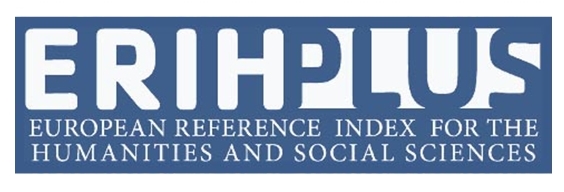Main Article Content
Nov 9, 2016
Abstract
En el presente trabajo se analiza un corpus lingüístico compuesto por dos portafo
lios académicos de estudiantes de arquitectura durante su proceso formativo. El objetivo es describir cómo se manifiestan los patrones valorativos lingüístico-discursivos del subsistema de actitud (juicio, afecto y apreciación) en la relación interpersonal estudiante-docente/juez. Se trabajó desde un enfoque cualitativo con el modelo de la valoración (White, 2000, 2004; Martin, 2004; Martín y Rose, 2003), planteado como enfoque complementario al sistema de modo de la Lingüística Sistémico Funcional (LSF) de Halliday (1994) y Halliday y Matthiessen (2004). Los resultados permiten identificar una supremacía de las actitudes de apreciación por sobre los afectos y los juicios, entre los cuales destacan las apreciaciones referidas a balance y complejidad composicional, lo que caracteriza el tipo de discurso académico y profesional, propio de la arquitectura que releva la disposición, configuración y organización de los espacios y materiales.
Downloads
Policies for open access journals
Authors who publish here accept the following terms: Authors will keep their copyright and will guarantee the journal the right to the first publication of their work, which will be subject to the Licence of Creative Commons acknowledgement, which allows for the use of this material only if the authorship is credited and the original source is acknowledged (the journal’s URL), and if it is not used with commercial ends and with any derivations of the original work.
Authors may adopt other non-exclusive license agreements of distribution of the published version (e.g. to save it onto a digital institutional archive or publish it in a monographic volume) only if the initial publication of this journal is indicated.
It is permitted and recommended for authors to divulge their work on the Internet (e.g. institutional digital archives or webpage) before and during the submission process, which may lead to interesting exchanges and increase the citations of the publication. (See Open Access Effect).






